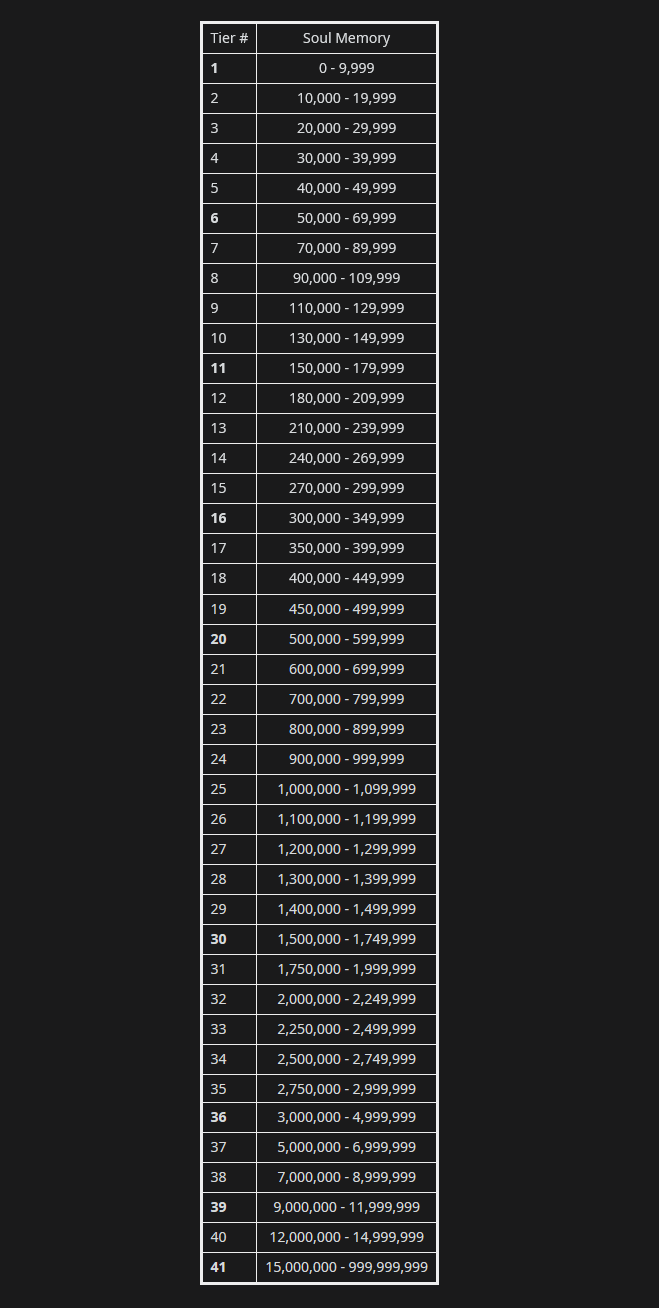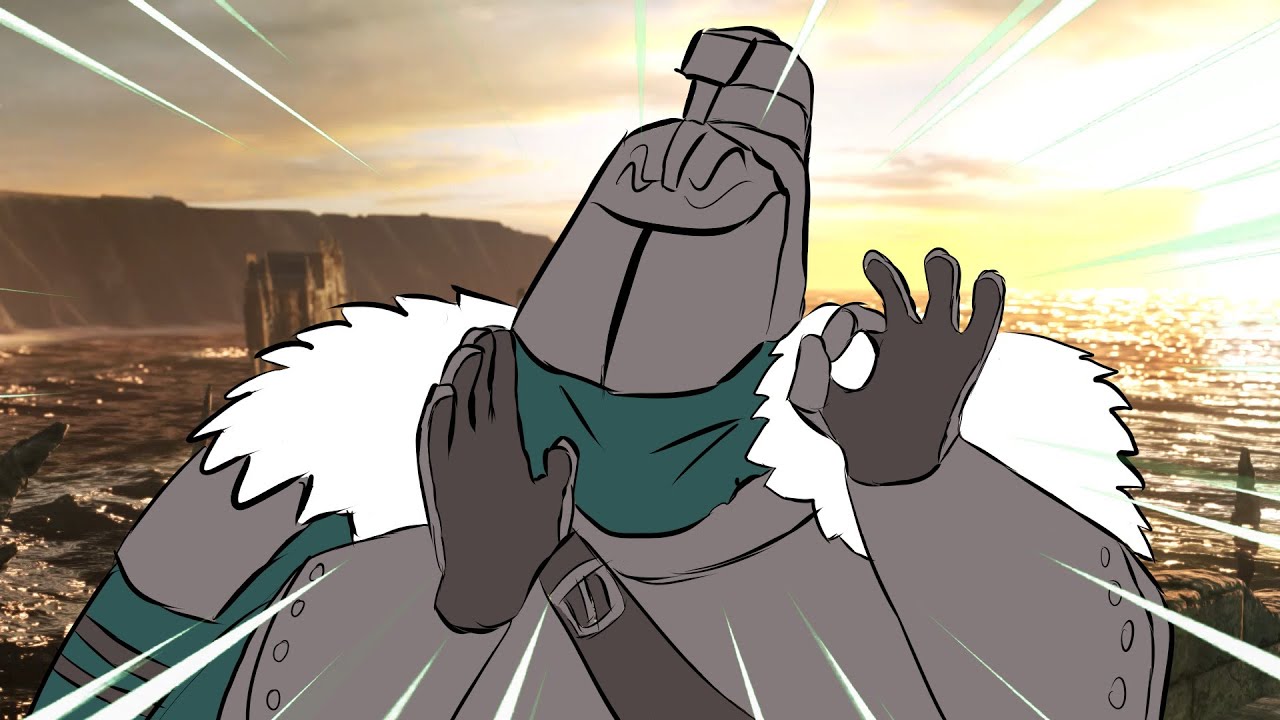Hello from our Dark Souls 2 Co-Op Guide. This guide provides all the information you need to play Dark Souls 2 properly with a friend, plus lots of secondary information to keep in mind. This will only work with the Scholar of the First Sin version because the regular version never reopened its servers after the 2022 exploit event.
Dark Souls 2 Co-Op Guide
Welcome to our Dark Souls 2 Co-Op Guide. This guide will show you all the information you need to properly play Dark Souls 2 with a friend, plus lots of secondary information to keep in mind.
1 – How to play Co-Op
Playing Dark Souls 2 co-op is relatively easy, all you need to do is put a Summon Sign somewhere and get your friend to go to that same place to activate it.
That’s all, but there’s more stuff related to how it works, how to get the items needed to play together and how to make it easier.
Also you need to know about Soul Memory, I’ll explain it on its own section.
Keep this in mind:
- Burning a Human Effigy on a bonfire will stop all summoning up to an hour.
- The Company of Champions covenant (Found in Majula) will restrict co-op until you leave it.
- If you and your friend live in the same country, you’d probably like to have the “Cross-region play” option set to “Restricted“, as it will make it easier for your Summon Sign to show up in their game.
- Summoning and invading have time restrictions. The phantom will look darker as time passes until they’re sent back to their world.
2 – Preparation and Soapstones differences
First of all, both of you need to know a few things.
- The person trying to summon you needs to be human.
You can revert Undead State (or “Hollow” as it was called in the previous game) using a Human Effigy.
- You’d also like to get the Name-engraved Ring
It makes easier to connect to players who chose same God (Which you can choose when you equip it).
It is sold by Sweet Shalquoir at Majula for 5500 souls.

It also expands the Soul Memory Range for co-op items (Explained in the next section) and increases Multiplayer Time Limits for all forms of multiplayer that experience the filtering effect from the ring.
- You need to leave a Summon Sign, this can be done with the White Sign Soapstone.
You can find a Small White Sign Soapstone early in the room directly above the Cardinal Tower bonfire, inside a chest.

There’s a full White Sign Soapstone really close in the same area, you need to talk with Mild Mannered Pate and pass over the gate that’s close to him. It is a trap, but if you survive it and come back to him, he’ll give you the White Sign Soapstone.

Note that both items have restrictions.
Also both have unlimited uses and some differences. The regular White Sign Soapstone summons you as a phantom to help others defeat a boss and rewards you with a Token of Fidelity (or covenant reward as appropriate), while the Small Sign Soapstone summons you as a shade that generally only lasts through a small section of the game and rewards you with a Smooth and Silky Stone.
- With the Small White Sign Soapstone the phantom will be in game for only 8 minutes and 20 seconds.
- With the Small White Sign Soapstone and the Name-engraved Ring the phantom will be in game for 12 minutes and 30 seconds.
- With the regular White Sign Soapstone the phantom will be in game for 66 minutes and 40 seconds.
- With the regular White Sign Soapstone and the Name-engraved Ring the phantom will be in game for 100 minutes.
Now you can place a Summon Sign and make your friend activate it. It might make a few minutes to appear on your friend’s screen, just be patient and remember to be on Human state and on close Soul Memory range.
3 – Soul Memory range
It is important to check your Soul Memory level when playing with a friend.
It tracks the total of collected souls by your character, but also determines who can connect with you. You and your friend need to be on close levels of Soul Memory to be able to see each other’s Summon Sign and play together.
You can find it on your Player Status screen, I have it marked in red in the picture below.

Soul Memory is divided into tiers, but the tiers are not hard boundaries. Instead, different multiplayer items extend across different amounts of neighboring tiers. So there’s no direct math involved. Higher Soul Level characters can still be paired with lower leveled characters who have similar Soul Memory ranges.
You just need to know your Soul Memory level and who can be paired with you. It sounds complicated, but as long as you and your friend are both kind of close on Soul Memory level you’ll have nothing to worry about.
Also you can’t decrease your Soul Memory level.
Here’s the range/tier of Soul Memory listed.

Multiplayer Item Ranges
This part is not precisely important to know, but it’s here for anyone interested on how it works.
Here is how the different items behave:
- White Sign Soapstone
“Down 2, Up 1”
Someone at tier 20 can send their sign to hosts in tiers 18 – 21.
- White Sign Soapstone with Name-Engraved Ring
“Down 5, Up 4”
Someone at tier 20 can send their sign to hosts in tiers 15 – 24.
- Small White Sign Soapstone
“Down 3, Up 1”
Someone at tier 20 can send their sign to hosts in tiers 17 – 21.
- Small White Sign Soapstone with Name-Engraved Ring
“Down 6, Up 5”
Someone at tier 20 can send their sign to hosts in tiers 14 – 25.
- Cracked Red Eye Orb & Bell Keepers
“Down 0, Up 3”
Someone at tier 20 can invade hosts in tiers 20 – 23.
- Cracked Blue Eye Orb
“Down 2, Up 2”
Someone at tier 20 can invade hosts in tiers 18 – 22.
- Red Sign Soapstone
“Down 3, Up 2”
Someone at tier 20 can send their sign to hosts in tiers 17 – 22.
- Dragon Eye
“Down 4, Up 4”
Someone at tier 20 can send their sign to hosts in tiers 16 – 24.
- Rat King Covenant
“Down 1, Up 3”
A host at tier 20 can summon phantoms from tiers 19 – 23.
- Guardian Seal Summons, Abyss Invasions and Mirror Knight Summons are currently untested.
This last part was taken from this great post on Reddit made by illusorywall.
4 – Prepare to die
Now you can enjoy Dark Souls 2: Scholar of the First Sin co-op with a friend.
